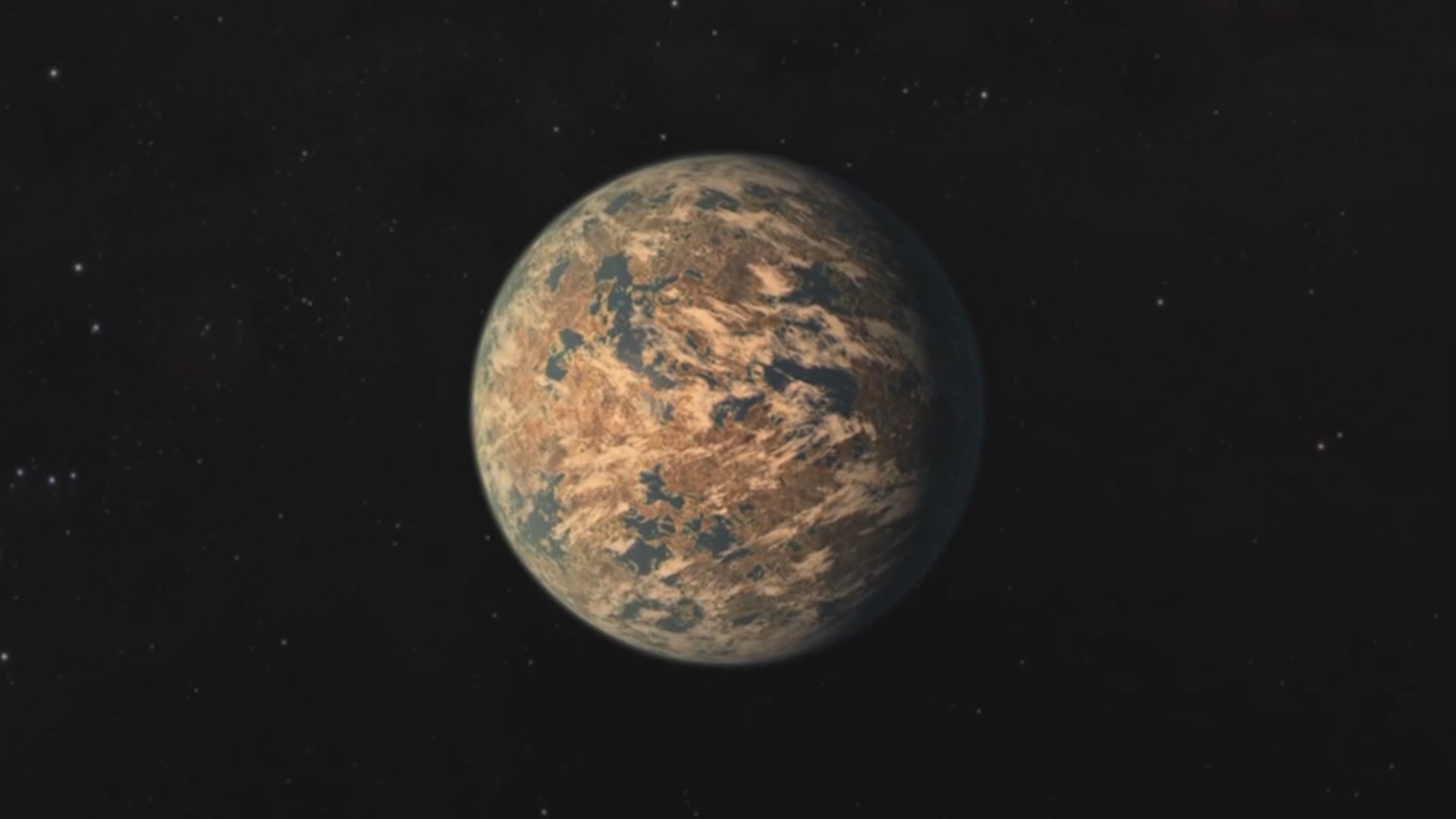Scientists at the University of Washington say two planets just 40 light years away could be just like Earth.
The UW is part of an international scientific collaboration studying the TRAPPIST 1 solar system - the closest known solar system to our own. That's where the potential earth-like planets are located.
Further analysis of the seven planets believed to be orbiting this star is giving stronger indications that the planets are rocky and at least two of them are likely to contain water.
"What we do know about these planets, is we know their sizes," says U.W. astrophysicist Eric Agol. "And recent estimates we have has given us their masses." And Agol adds, their densities, suggesting they're not planets made up of gas, but rock.
The pace of scientific discovery surrounding planets has accelerated, for the announcement of the first planets outside our solar system in the mid 1990s, to approaching 4,000 now.
And from 40 light years in space to systems much, much further away from us, scientists are learning a lot about planets they cannot see. Nobody can claim to have seen oceans or continents, or even clouds. But each time one of the passing planets passes in front of the star, the light reaching us dims a little. They look at wobble, and the TRAPPIST 1 system is a good place to study the effects.
"The interesting thing about these planets is they are orbiting so quickly and packed so closely," says Agol. A "year" aboard a TRAPPIST 1 planet is about 20 of our Earth days. That means with the effects of 7 planets, TRAPPIST 1 gives astronomers a lot of data to work with.


